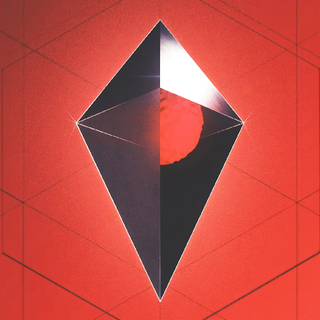

That’s the bad thing about social media. If no one was doing it before, someone is now!
Jokes aside it’s possible, but with the current LLMs I don’t think there’s really a need for something like that.
Malicious actors usually try to spend the least amount of effort possibile for generalized attacks, because you end up having to often restart when found out.
So they probably just feed an LLM with some examples to get the tone right and prompt it in a way that suits their uses.
You can generate thousands of posts while Lemmy hasn’t even started to reply to one.
If you instead want to know if anyone is taking all the comments on lemmy to feed to some model training… Yeah, of course they are. Federation makes it incredibly easy to do.








I’ve never used oobabooga but if you use llama.cpp directly you can specify the number of layers that you want to run on the GPU with the -ngl flag, followed by the number.
So, as an example, a command (on linux) from the directory you have the binary, to run its server would look something like:
./llama-server -m "/path/to/model.gguf" -ngl 10Another important flag that could interest you is -c for the context size.
This will put 10 layers of the model on the GPU, the rest will be on RAM for the CPU.
I would be surprised if you can’t just connect to the llama.cpp server or just set text-generation-webui to do the same with some setting.
At worst you can consider using ollama, which is a llama.cpp wrapper.
But probably you would want to invest the time to understand how to use llama.cpp directly and put a UI in front of it, Sillytavern is a good one for many usecases, OpenWebUI can be another but - in my experience - it tends to have more half baked features and the development jumps around a lot.
As a more general answer, no, the safetensor format doesn’t directly support quantization, as far as I know